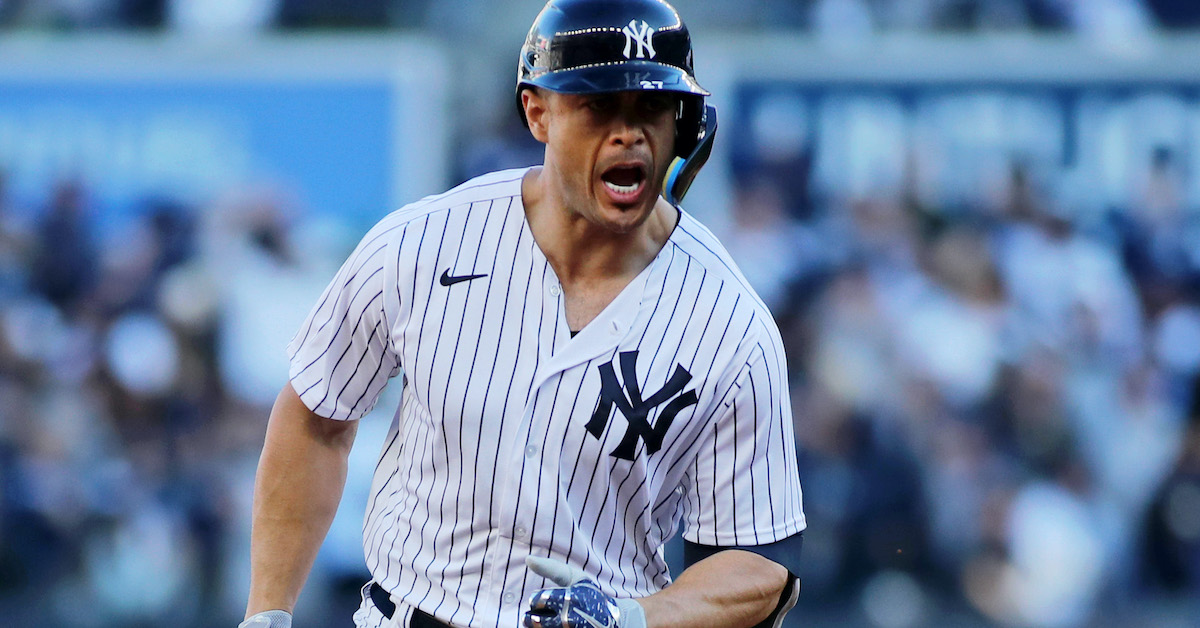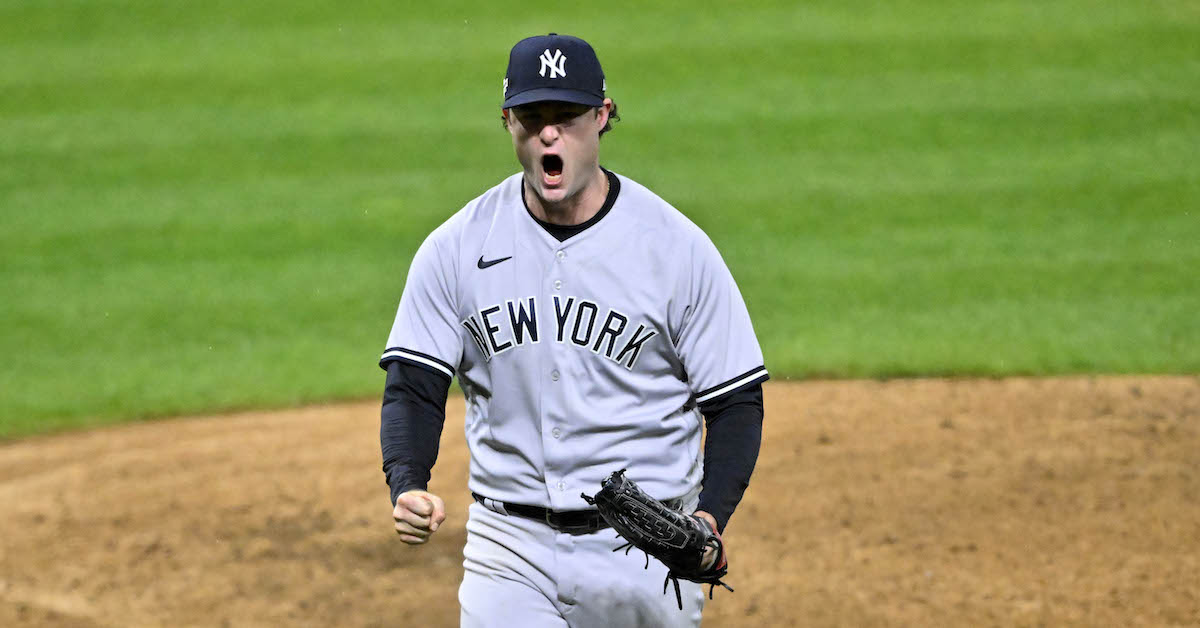Bullpen Catcher/Rehab Development Assistant
Department: Player Development
Reports to: Rehab Coordinator
Duration: January 2023 – December 2023
Location: Phoenix, AZ
Status: Part-time/ Hourly (Non-Exempt)
Position Summary:
Assist the San Francisco Giants Player Development department through on and off the field activities. This position will include coverage of Spring Training, Extended Spring Training, Arizona Complex League, and various off-season camps. The main focus of this position lies in the rehabilitation and physical performance of our players at the Minor League Spring Training facility. Assisting both our medical and video departments creates a unique experience for this role.
Position Responsibilities:
- Handling rehabilitation bullpens along with pitcher’s and fielder’s catch play
- Ability to throw batting practice, feed machines, and other various cage work
- Ability to hit fungos
- Assist with technology set-up such as cameras for bullpens and live batting practice
- Ability to set up Trackman and other various technology equipment
- Cut video from bullpens and live batting practice sessions
Skills and Qualifications:
- High level catching experience is preferred
- Strong work ethic with a passion for baseball
- Work non-traditional hours (nights, weekends, and holidays)
- Ability to learn about technology and video
- Ability to speak Spanish is a plus
- Contribute to team culture with a positive
At the Giants, we believe we put our best work forward when our employees bring together ideas that are diverse in thought. We are proud to be an equal opportunity workplace and are committed to equal employment opportunity regardless of race, religious creed, color, national origin, ancestry, medical condition or disability, genetic condition, marital status, domestic partnership status, sex, gender, gender identity, gender expression, age, sexual orientation, military or veteran status and any other protected class under federal, state or local law. Pursuant to the San Francisco Fair Chance Ordinance, we will consider for employment qualified applicants with arrest and conviction records. In addition, we will provide reasonable accommodations for qualified individuals with disabilities. If you have a disability or special need, we would like to know how we can better accommodate you.
To Apply:
To apply, please follow this link.
Player Development Assistant (Part-Time)
Department: Player Development
Reports to: Coordinator, Minor League Operations
Duration: January 2023 – December 2023
Location: Phoenix, AZ
Status: Part-time/ Hourly (Non-Exempt)
Position Summary:
Assist the San Francisco Giants Baseball Operations department and provide comprehensive administrative support to all functions of Player Development. This position will include coverage of Spring Training, Extended Spring Training, Arizona Complex League, and various off-season camps. We value candidates who have a passion and understanding of the game of baseball while also being detail- oriented.
Position Responsibilities:
- Coordinate travel logistics, hotel reservations, and appointments for various events
- Assist in compiling and updating schedules, rosters, and databases for Player Development
- Regular communication with staff regarding daily needs/scheduling
- Assist with player paperwork and documents
- Assist with company credit card reconciliation
- Assist on tasks/projects as needed
- Man lobby desk; helping guests with questions and needs
- Provide support to the clubhouse staff with mailing duties and distribution
- Provide transportation for players or staff as needed
- Maintain all facility spaces/needs year-round
Skills and Qualifications:
- Ability to speak Spanish is a plus
- Experience using SQL is a plus
- Proficiency with Microsoft Excel is preferred
- Strong work ethic with initiative and attention to detail
- Excellent written and verbal communication skills
- Ability to handle private information in a professional manner
- Work non-traditional hours (nights, weekends, and holidays)
- Ability to communicate effectively and work with all members of the organization (players, coaches, staff, and various affiliate front office/staff members)
- Contribute to team culture with a positive attitude
At the Giants, we believe we put our best work forward when our employees bring together ideas that are diverse in thought. We are proud to be an equal opportunity workplace and are committed to equal employment opportunity regardless of race, religious creed, color, national origin, ancestry, medical condition or disability, genetic condition, marital status, domestic partnership status, sex, gender, gender identity, gender expression, age, sexual orientation, military or veteran status and any other protected class under federal, state or local law. Pursuant to the San Francisco Fair Chance Ordinance, we will consider for employment qualified applicants with arrest and conviction records. In addition, we will provide reasonable accommodations for qualified individuals with disabilities. If you have a disability or special need, we would like to know how we can better accommodate you.
To Apply:
To apply, please follow this link.
The content in this posting was created and provided solely by the San Francisco Giants.

![]() Sponsor Us on Patreon
Sponsor Us on Patreon![]() Subscribe to Stathead (Code: WILD20)
Subscribe to Stathead (Code: WILD20)![]() Facebook Group
Facebook Group![]() Twitter Account
Twitter Account![]() EW Subreddit
EW Subreddit![]() Effectively Wild Wiki
Effectively Wild Wiki![]() iTunes Feed (Please rate and review us!)
iTunes Feed (Please rate and review us!)![]() Get Our Merch!
Get Our Merch!![]() Email Us: podcast@fangraphs.com
Email Us: podcast@fangraphs.com






